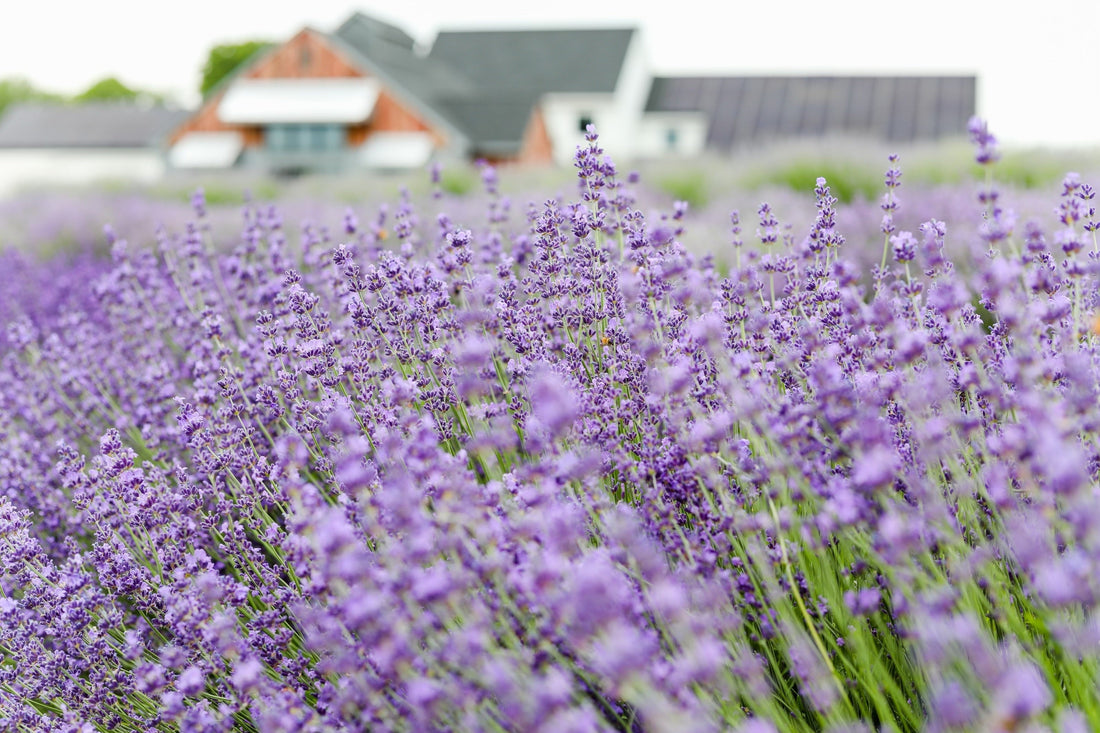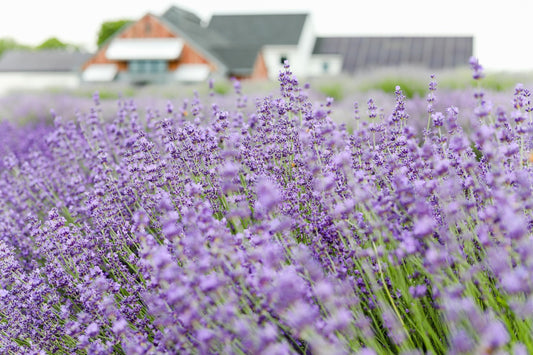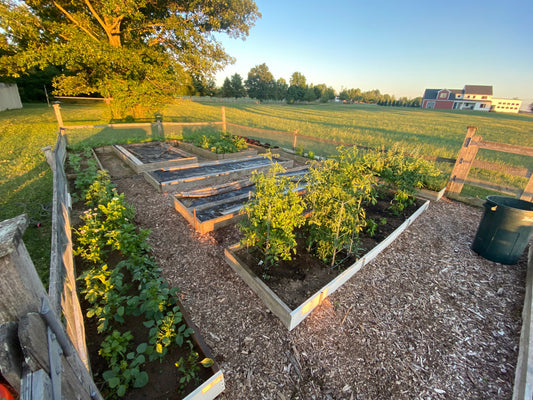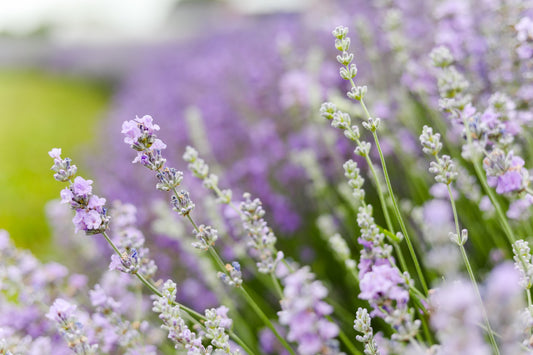Lavender is a beautiful plant that is well known for its vibrant purple flowers and intoxicating aroma. While it is commonly used for its essential oil and versatility in cosmetics, lavender is also edible and has a wide range of applications for culinary use.
What does culinary lavender taste like?
Beyond its fragrance, lavender adds a light, floral, and slightly sweet taste when used for cooking. It is best used as an accent in dishes or pre-prepared lavender-centric products. It is hard to explain exactly how lavender tastes because it is truly unique and must be experienced for yourself to fully understand.
Depending on the type of lavender used and if it is fresh or dried, it can also have a herbal, citrusy, or minty taste (lavender is technically a member of the mint family, along with rosemary, thyme, and basil). Non-culinary lavender varieties can also taste piney or camphorous, but this is generally undesirable.
What makes lavender culinary?
There are hundreds of different cultivars (varieties) of lavender across a few main species.
- Lavandula angustifolia (commonly known as English, or “true” lavender) is the best for culinary uses. Most if not all quality culinary lavender will be angustifolia. English lavender is a great all around classic choice and is also extremely hardy.
- Lavandula x intermedia (“lavandin”, or hybrid lavender) is a very common lavender group that is most often used ornamentally or for essential oil production and dried flowers. These are generally large, beautiful plants with long stems and sizable flowers. If you are buying commercial essential oil, you are very likely buying lavandula x intermedia.
-
Lavandula stoechas, dentala, and latifolia are other popular ornamental or oil producing types but are less common due to their limited cold hardiness.
Within each of these species, there are dozens or hundreds of individual cultivars, each with their own growing habits, color, fragrance, size, hardiness, and more.
Let’s compare angustifolia vs. x intermedia in more detail since these are the most common types of lavender that you will find in most areas of the world.
Why lavandula angustifolia (English lavender) is best for culinary use
Angustifolia (English lavender) has a very soft, sweet, and floral taste. It is low in camphor, which is an aromatic compound that can give some lavender oils “that lavender smell” that we are so used to. High camphor is great in certain contexts like aromatherapy or cleaning, but it is generally overpowering in culinary use. English lavender is also high in linalool and linalyl acetate (other natural compounds), which balance out lavender’s herbal notes, making lavandula angustifolia taste so good compared to other types of lavender.
Lavandula x intermedia on the other hand is high in camphor, which gives it a sharper, more bitter and woodier taste. This makes intermedia a great choice for essential oil production, because it produces oil at a high rate and is also very fragrant, but not for culinary use.
Is all lavender edible?
In short, yes, all lavender flowers are edible, but not all will taste good. Lavender is non-toxic to humans, so it is safe to eat, but you probably won’t find yourself dining on high camphor varieties.
If you are wondering if you can eat the plant that you have in your yard or some buds that you were gifted, try this: smell and taste the buds. If they are light, floral, and sweet, you can most likely cook with them. If they are harsh or woody, then avoid cooking with them.
How to harvest culinary lavender
If you are harvesting your own lavender, there are a few things to consider to maximize taste and color retention:
- Harvest the flowers when roughly half to three quarters of the buds on a given stem have opened. This ensures that you are harvesting at peak freshness and will prevent petal loss.
- Harvest in the late morning once the dew evaporates but before the afternoon heat.
- Cut the stems a few inches above the leaves. You won’t eat the stems, but you don’t want to leave excess stems on your plant as they can cause the plant to become unattractive and leggy.
- Bundle the harvested stems for drying. We bundle a group of stems to roughly the circumference of a quarter, tie the stems with a rubber band, then hang upside down in a cool, dark, and dry place.
-
Once the bundles are dry, remove the buds from the stems and store them in an airtight container until you are ready for use.
You can also cook with fresh flowers, if desired. Fresh lavender will actually taste more mild than dry lavender, so you may need to use more buds to achieve the intended result.
What are some culinary lavender recipes?
Culinary lavender has a wide range of uses in sweet dishes, savory dishes, or in drinks. Lavender is hot right now in the culinary world, and was actually named Newsweek's 2024 Food Trend of the Year. You have probably already seen lavender making its rounds at your local coffee shop or cocktail bar.
Here are a few common uses for culinary lavender:
- Lavender simple syrup
- Candied lavender
- Lavender cookies or scones
- Lavender cakes and cupcakes
- Lavender ice cream
- Lavender sugar (blend of dried lavender and sugar)
- Herbes de Provence spice blend
- Lavender jelly
- Lavender roasted chicken
- Lavender pickles
- Lavender lemonade
- Lavender hot cocoa
- Lavender latte
- Lavender tea
- Lavender gin fizz
If you have never cooked with lavender before, give it a try!








